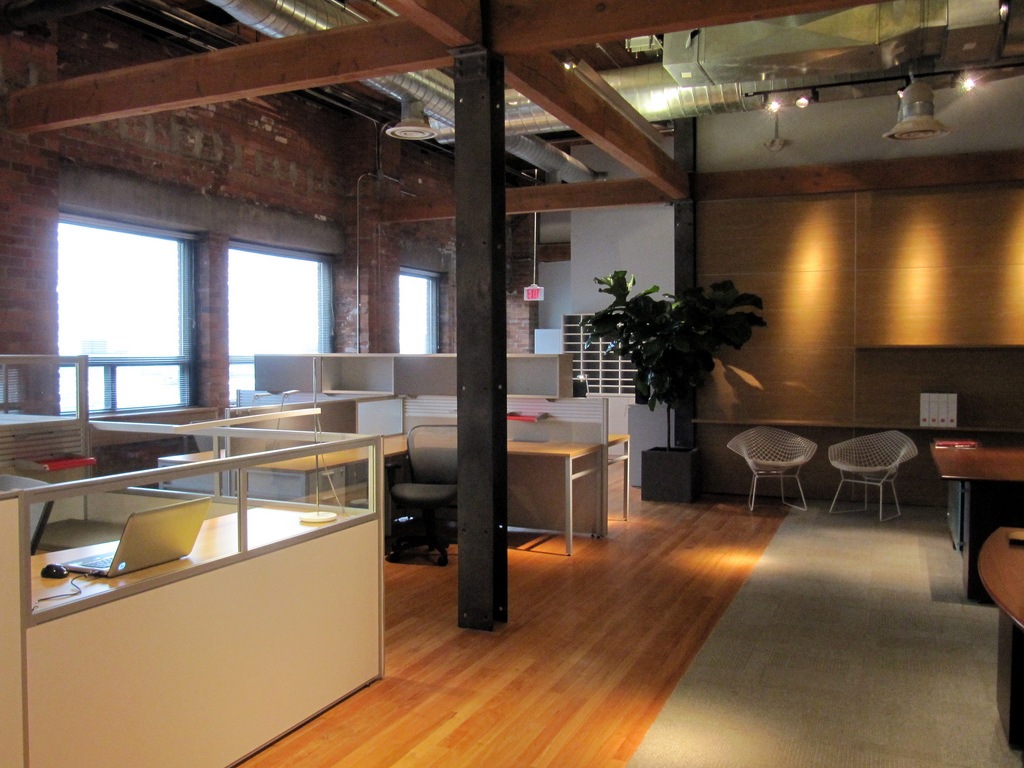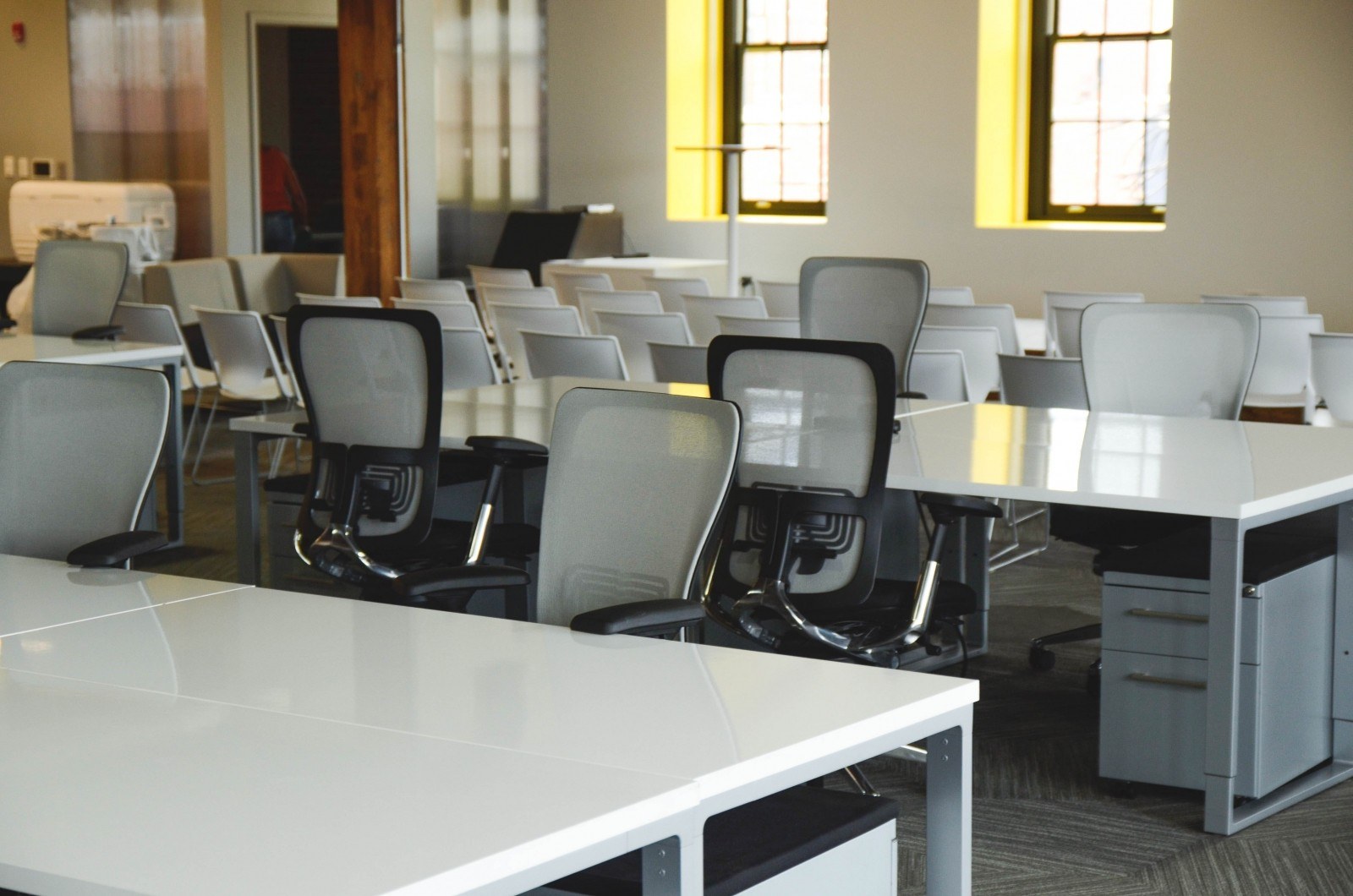Is your office space making the people in your organization unhealthy? There are many things in an office that can hurt office health: the heating, ventilation, and air conditioning systems (HVAC), the lighting, even the layout.
Office space psychology can dictate the stress level of employees and thus their productivity. Healthy workers are happy workers, and workers today are no longer tolerating unhealthy situations.
How do you improve the health of your employees by changing your office spaces? There are many ways, and they can sometimes depend on the industry.
De-Clutter
Start your layout changes by getting rid of things your office doesn’t really need. Go paperless by trying electronic document management or document imagine options. Reducing your office’s paper production not only eliminates equipment and furniture, it is a great way to make your office green.
Remove extra furniture by doing surveys of what has actually been used in the last six months to a year. This was a common practice in an office in which I worked. Once every six months, a usage inventory was taken, and if a piece of furniture hadn’t been properly used since the last inventory, it was turned over to Finance for surplusing.
One thing that should not be removed in the de-cluttering process is the personal property of an employee, unless it is of a highly unprofessional manner. The same office that inventoried furniture required that employees with front-facing counters and spaces remove any and all personal items. We couldn’t even have pictures of family members, including children. This type of restriction only contributes to stress among employees.
Assess The Workflow
The type of layout you choose will depend on your workflow as much as the architecture of your office itself. If your employees deal with sensitive information, segmented work spaces may indeed be the right layout for your organization.
However, there are ways of creating individual workspaces for workers that are less cubicle-like while maintaining privacy. Put your employees on laptops and build short walls between workspaces to maintain privacy rather than giant, opaque cubicles
If your employees have to be on the phone all the time, don’t overlook the fact that they also need to be able to get up and walk around frequently. Sitting at our desks all day isn’t healthy, mentally or physically. Don’t just consider the desk layouts for phone-connected employees. Choosing the right phone equipment and headsets can have a great impact on employee health.
Employees who don’t feel tethered to their desks will feel more appreciated by their employers, contributing to a decrease in stress and an increase in productivity.
Does your organization work in teams? Lay out your office furniture in creative manners that allow teams to both work closely and collaborate efficiently.
You can lay desks out in lines, in squares, even in circles. Offices in the 50s were typically arranged like classrooms, with employees’ desks laid out to face management. Using a more equalizing office layout is likely to elicit more creativity and collaboration.
If your organization happens to be in a space with an interesting architectural structure or a spectacular view, take advantage of it. Don’t put executive offices or conference rooms in the corners where all the windows are.
Create collaborative spaces for teamwork and reserve bullpens of desks, including those of the execs, for the middle of the spaces. As an alternative, line up desks facing walls of window so that employees can take advantage of sunlight and fresh air.
Get Creative
Open office spaces are no longer just a fad. They are better for company culture because they not only foster teamwork, they contribute to the physical and mental wellbeing of employees. They allow employees to socialize while still giving them space to complete their work.
The myriad options can be inspiring, no matter the industry. Take stock of the needs of your employees and your organization, then get creative with your layout. Of course, make sure that your creativity is tempered with a little practicality. Just as open layouts can be great for overall employee wellness, if they’re not done properly, they can be scary places for some.
You won’t get it right the first time, but with planning and creativity, you won’t get it wrong either.
Photos via VisualHunt.com.















































